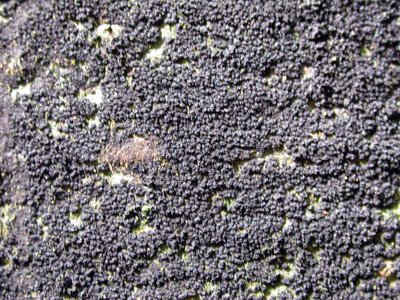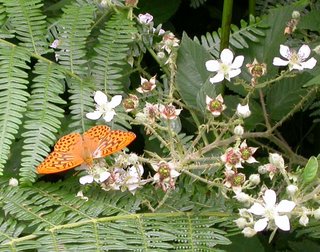

Yesterday I walked from the small village of Whatlington in East Sussex along the footpath that follows the tiny river Line to the east. About half a mile from the village there is the most astonishingly splendid wet meadow, though fairly dry after the recent summer heats. There is such a riot of colour here that it looks more like a large herbaceous border than a field. The
purple loosestrife,
Lythrum salicaria, is magnificently abundant and there are masses of
perennial sow-thistles,
meadow vetchling,
hogweed and other summer flowers with plenty of bird and insect life.
This field is really unclassifiable and I have never seen anywhere quite like it. I suspect it has simply been abandoned in the sense that it is no longer grazed or cut (apart from the path) and the rising scrub indicates that it will be woodland in a few years time unless managed as rough grass. Like the bomb sites in post World War II London, transitional habitats often have an astonishingly rich biodiversity, but only for a short while. In the case of the Line valley (and many other places) it would be good if areas could be allowed to get to closed canopy woodland, then cleared back, even ploughed, so that the whole process of succession could start again. The different habitat phases would not be in the same places for long but, over a given area, there would always be some areas at the bare earth stage and some at the closed canopy stage and everything in between.
This field is at
TQ766180 and there is full public access via the footpath. Parking is not easy in Whatlington village, but there is a small lay-by on the main road by the church. Follow the river bank eastwards from the village hall and cross left over the first bridge you come to, then turn right and follow the path to the meadow. A bonus before you reach the meadow is the quantities of
beautiful demoiselle damselflies flitting about the brambles. If you feel like it you can walk right through to the A21, but I could stop in a meadow such as the one described for ever.






